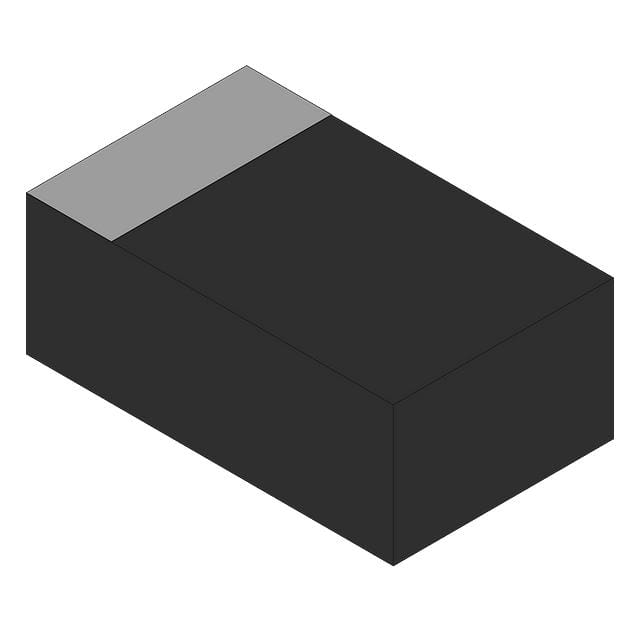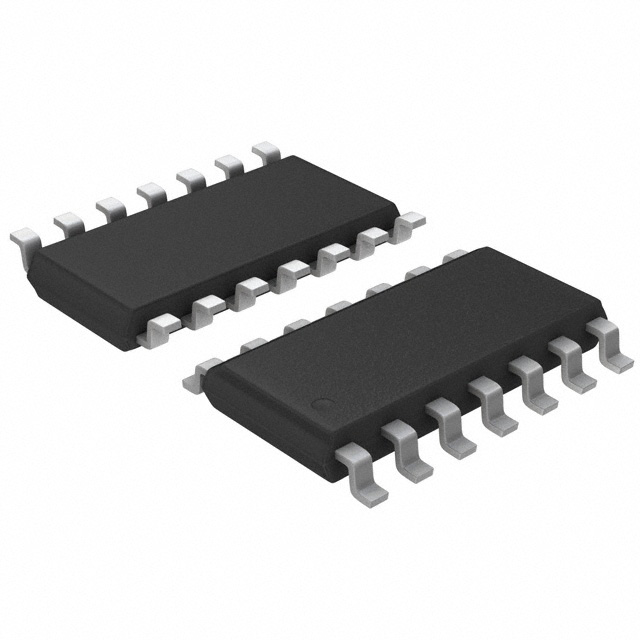Ⅰ. Specialized ICs
Ⅱ. Physical Characteristics of Specialized ICs
Ⅲ. Electrical Characteristics of Specialized ICs
Specialized ICs, or Integrated Circuits, are electronic chips designed to perform specific functions or tasks within a larger electronic system. These chips are engineered to handle dedicated functions efficiently and are commonly used in a wide range of applications across various industries.

Here are a few examples of specialized ICs and their applications:
1.Microcontrollers (MCUs): These ICs contain a CPU (Central Processing Unit), memory, and peripherals on a single chip. They are used in a multitude of applications that require embedded control, such as consumer electronics, automotive systems, industrial automation, and smart devices.
2.Digital Signal Processors (DSPs): DSP ICs are designed to efficiently process digital signals, such as audio, video, and communications signals. They find applications in wireless communication systems, audio processing, image and video compression, and medical imaging equipment.
3.Application-Specific Integrated Circuits (ASICs): ASICs are custom-designed ICs for specific applications. They are tailored to perform a particular function or set of functions, often optimized for performance, power efficiency, or cost. ASICs are used in various industries, including telecommunications, automotive, aerospace, and consumer electronics.
4.Field-Programmable Gate Arrays (FPGAs): FPGAs are ICs that can be programmed and reprogrammed to implement different digital logic circuits. They offer flexibility and can be customized for specific tasks. FPGAs are used in applications such as prototyping, high-performance computing, digital signal processing, and network acceleration.
5.Analog-to-Digital Converters (ADCs) and Digital-to-Analog Converters (DACs): These ICs convert analog signals to digital and digital signals to analog, respectively. They are widely used in audio and video systems, data acquisition, instrumentation, and telecommunications.
6.Radio Frequency Integrated Circuits (RFICs): RFICs are designed for wireless communication systems and operate at radio frequencies. They are used in mobile devices, wireless routers, satellite communication, radar systems, and other wireless applications.

7.Power Management ICs (PMICs): PMICs provide power regulation and management functions within electronic systems. They include voltage regulators, battery management circuits, power switches, and other components that optimize power efficiency and ensure stable power supply.
These are just a few examples of specialized ICs, and there are many more designed for specific purposes. The advancement of IC technology has led to the development of increasingly specialized chips, enabling complex and efficient electronic systems across various industries.
Physical Characteristics of Specialized ICs
Specialized ICs, or Integrated Circuits, come in various physical forms and packages. The physical characteristics of these ICs depend on factors such as their complexity, intended application, and manufacturing process. Here are some common physical characteristics of specialized ICs:
1.Package Type: The package of an IC refers to the protective casing that houses the semiconductor chip and provides electrical connections to the outside world. There are different package types, including Dual In-Line Package (DIP), Small Outline Package (SOP), Quad Flat Package (QFP), Ball Grid Array (BGA), and many more. The choice of package depends on factors like size constraints, thermal considerations, and the number of pins required for the IC.
2.Size: The physical size of specialized ICs can vary significantly. Some ICs designed for high-performance applications may have larger packages to accommodate more pins and complex circuitry. Others, like surface-mount ICs, can be very small and compact, allowing for miniaturization in portable devices or densely populated circuit boards.
3.Pin Count: The number of pins on an IC package determines the input/output connections available. Specialized ICs can have a few pins for simple functions or several hundred pins for complex devices. Higher pin count ICs often require more advanced packaging techniques to ensure reliable connections.
4.Heat Dissipation: Specialized ICs that handle high-power or high-frequency operations generate heat during operation. To ensure optimal performance and reliability, these ICs may incorporate heat sinks, thermal pads, or exposed paddle designs to dissipate heat effectively. In some cases, specialized packaging techniques like ceramic packages or flip-chip technologies are used for enhanced thermal management.
5.Environmental Considerations: Depending on the intended application, specialized ICs may have specific environmental requirements. For instance, ICs used in automotive or industrial applications might require rugged packaging to withstand harsh conditions such as high temperatures, vibrations, or moisture. Other ICs may be designed for specific temperature ranges or have enhanced resistance to electromagnetic interference (EMI).
6.Mounting Methods: Specialized ICs can be mounted on printed circuit boards (PCBs) using various methods. Through-hole mounting involves inserting the leads of the IC into pre-drilled holes on the PCB, while surface-mount technology (SMT) involves directly mounting the IC on the surface of the PCB. Flip-chip and ball grid array (BGA) technologies are also used for more advanced applications.
These physical characteristics of specialized ICs are determined by the requirements of the specific application, the complexity of the circuitry, thermal considerations, and manufacturing constraints. Manufacturers carefully select the appropriate package type, size, pin count, and thermal management techniques to ensure optimal performance and reliability in the intended application.
Electrical Characteristics of Specialized ICs
Specialized ICs, or Integrated Circuits, have specific electrical characteristics that are designed to meet the requirements of their intended applications. These characteristics define how the IC behaves electrically and interact with the rest of the electronic system. Here are some common electrical characteristics of specialized ICs:
1.Supply Voltage: Specialized ICs operate within a specified range of supply voltages. The supply voltage is the voltage level at which the IC requires power to function correctly. Different ICs have different voltage requirements, and it is crucial to provide the specified voltage within the specified range to ensure proper operation and prevent damage.
2.Current Consumption: The current consumption of an IC refers to the amount of current it draws from the power supply when in operation. Specialized ICs are designed to consume an optimal amount of current to balance performance, power efficiency, and heat dissipation. Lower power consumption is desirable in many applications to extend battery life and reduce heat generation.
3.Input and Output Voltage Levels: Specialized ICs have specific voltage levels for their input and output signals. These voltage levels determine the thresholds for interpreting logic states. For example, in digital ICs, high and low voltage levels represent logic 1 and logic 0, respectively. Ensuring that input signals meet the specified voltage levels and adhering to output voltage levels are essential for proper signal integrity and reliable operation.
4.Signal Timing: Specialized ICs often have specific timing requirements for their input and output signals. Timing characteristics include parameters such as propagation delay, setup time, hold time, and clock frequency. These timing requirements ensure proper synchronization and data integrity within the IC and when communicating with other components in the system.
5.Noise Immunity: Specialized ICs are designed to have a certain level of noise immunity, meaning they can tolerate and reject unwanted electrical noise present in the system. Noise can interfere with the proper functioning of the IC, leading to errors or erratic behavior. Robust noise immunity ensures reliable operation in noisy environments or when interfacing with other components that generate electrical noise.
6.Operating Temperature Range: Specialized ICs have specified operating temperature ranges within which they can function reliably. These temperature ranges account for the thermal characteristics of the IC and the materials used in its construction. It is essential to operate the IC within its specified temperature range to prevent performance degradation, premature failure, or damage.
7.ESD Protection: Electrostatic discharge (ESD) protection is crucial for specialized ICs to prevent damage from static electricity. ESD can occur during handling, assembly, or in the environment. Specialized ICs often incorporate built-in protection mechanisms to divert and dissipate the electrostatic discharge safely.
These electrical characteristics are designed and specified by the IC manufacturers to ensure proper operation, reliability, and compatibility with other components in the electronic system. Adhering to these characteristics and following the manufacturer's guidelines is essential for the successful integration and utilization of specialized ICs in various applications.



